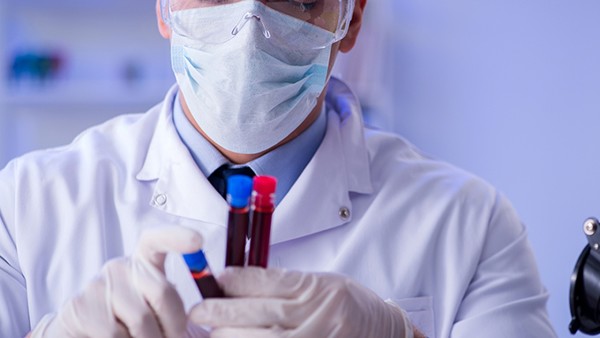How to Tell if You Have Lymphatic Tuberculosis

Lymphatic tuberculosis (TB) is a rare but serious infection of the lymphatic system, which is a network of vessels and nodes that helps drain fluid and waste products from the body. TB is caused by the bacteria Mycobacterium tuberculosis, which can also cause tuberculosis of the lungs (pulmonary TB).
Lymphatic TB can affect any part of the lymphatic system, but it most commonly occurs in the lymph nodes of the neck, armpits, or groin. Symptoms of lymphatic TB can include:
Swollen lymph nodes
Fever
Night sweats
Chills
Weight loss
Fatigue
Loss of appetite
Pain in the affected area
If you have any of these symptoms, it is important to see your doctor right away. Lymphatic TB can be diagnosed with a physical examination, a blood test, and a chest X-ray. Treatment for lymphatic TB typically involves taking antibiotics for several months.
How is lymphatic TB spread?
Lymphatic TB is spread through contact with respiratory droplets from an infected person. This can happen when an infected person coughs, sneezes, or talks. People who are in close contact with someone who has active TB are at the highest risk of developing lymphatic TB.
Who is at risk for lymphatic TB?
Anyone can develop lymphatic TB, but certain people are at higher risk, including:
People who have been in close contact with someone who has active TB
People who have weakened immune systems, such as those with HIV/AIDS or diabetes
People who live in or have traveled to areas where TB is common
How is lymphatic TB diagnosed?
Lymphatic TB is diagnosed with a physical examination, a blood test, and a chest X-ray.
Physical examination: Your doctor will feel your lymph nodes for swelling and tenderness. They will also look for other signs of TB, such as fever, night sweats, and weight loss.
Blood test: A blood test can detect antibodies to the TB bacteria. This can help your doctor determine if you have been exposed to TB or if you have an active infection.
Chest X-ray: A chest X-ray can show if you have any signs of TB in your lungs.
How is lymphatic TB treated?
Lymphatic TB is typically treated with antibiotics for several months. The most common antibiotics used to treat TB are isoniazid, rifampin, pyrazinamide, and ethambutol.
It is important to take all of your antibiotics as prescribed and to finish the entire course of treatment. Stopping your antibiotics too early can lead to the development of drug-resistant TB, which is more difficult to treat.
What is the prognosis for lymphatic TB?
The prognosis for lymphatic TB is good if it is diagnosed and treated early. Most people who receive treatment for lymphatic TB are cured. However, if lymphatic TB is not treated, it can lead to serious complications, such as:
Spread of the infection to other parts of the body, such as the lungs, bones, or brain
Permanent damage to the lymphatic system
Death
How can I prevent lymphatic TB?
There is no vaccine to prevent lymphatic TB. However, there are a few things you can do to reduce your risk of developing the infection, including:
Avoid close contact with people who have active TB.
Get tested for TB if you have been in close contact with someone who has active TB.
Take preventive antibiotics if you have a weakened immune system and have been exposed to TB.
Live in or travel to areas where TB is common.
The above is all the content that the editor wants to share with you. I sincerely hope that these contents can bring some help to your life and health, and I also wish that your life will be happier and happier.
Topic: #tell #if #how















